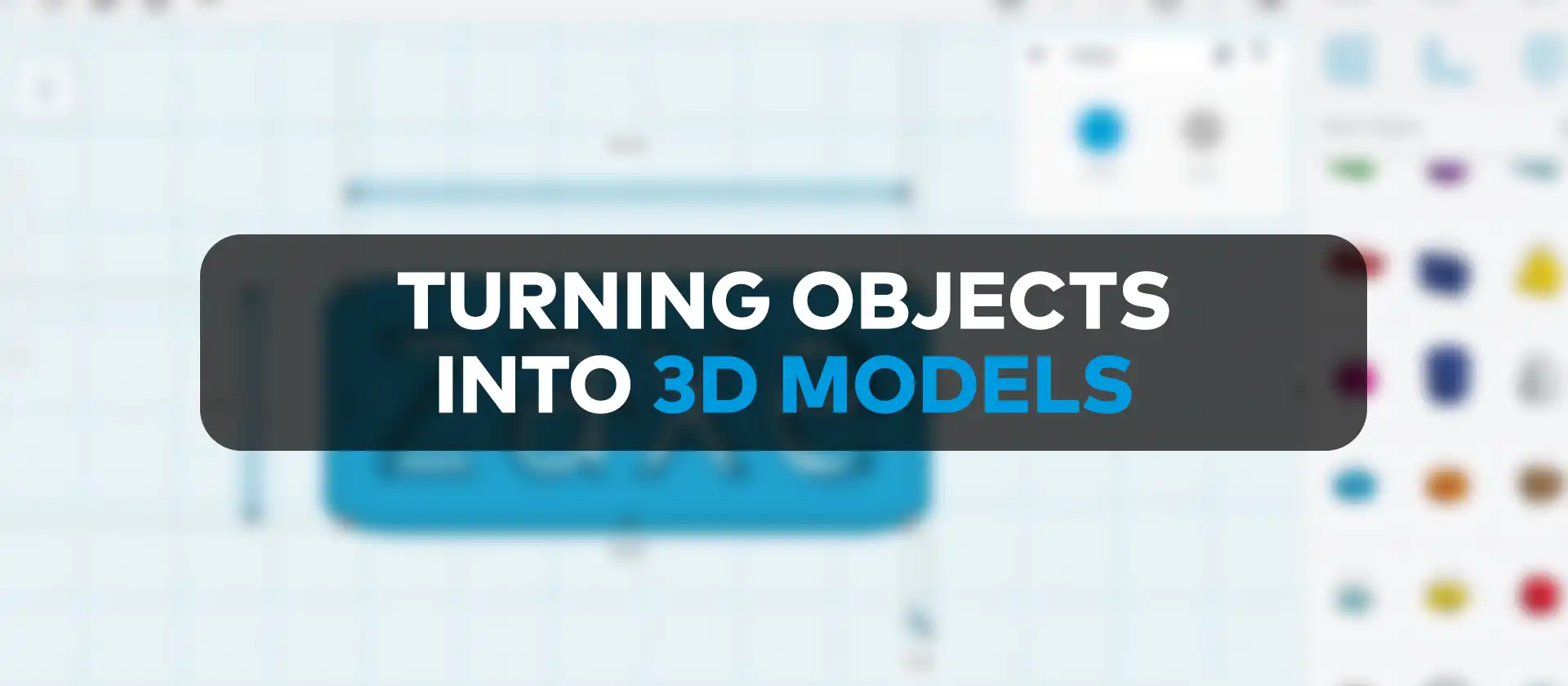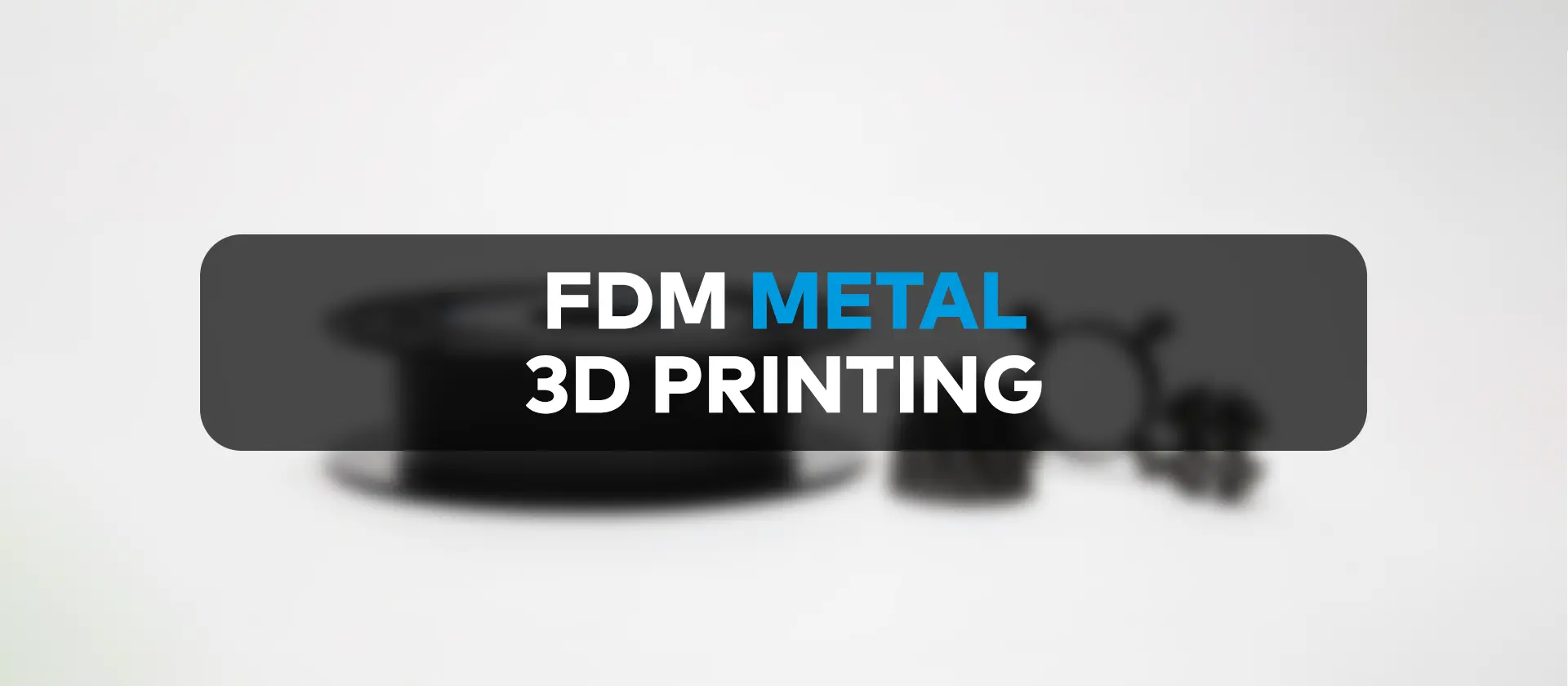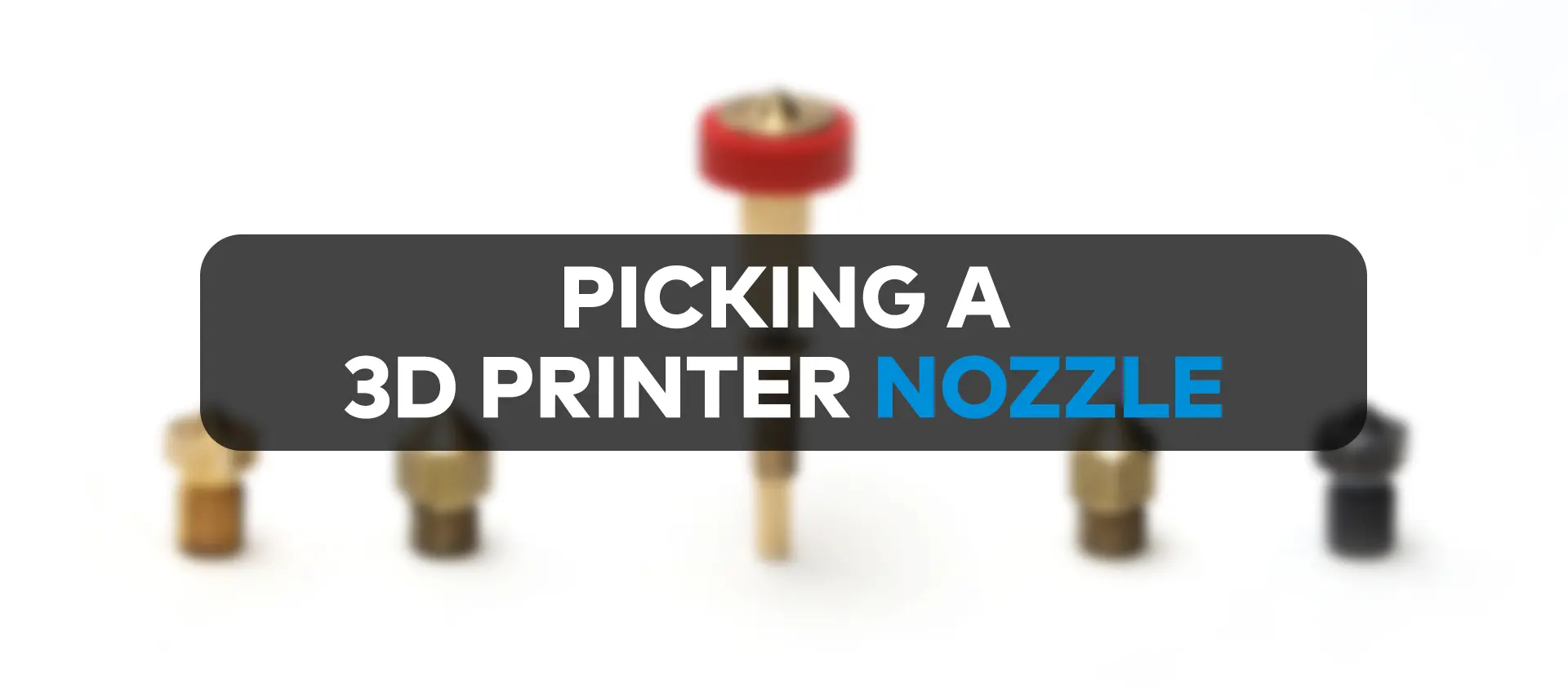So, Formnext 2022 is now behind us and it was everything we had hoped for. We attended the event in numbers and our team was amazed at the scope of it as always. Seeing new products, materials and technologies is a great way for us to keep up with the
Popular
In only a couple of weeks, we attended numerous additive manufacturing events, got a valuable new team member, and announced a brand new flagship 3D printer model. So, it is safe to say things are ramping up at a higher pace than usual. Here’s what Zaxe has been up to
Additive manufacturing offers its users one of the most convenient and flexible ways of turning 3D models into real-life objects. Turning digital models into real-life objects is an exciting idea for all makers and professionals alike, but what about the reverse? Can you turn a real-life object into a digital
One of the most important events in additive manufacturing is only a couple of days away. Formnext is the gold standard in 3D printing exhibitions and hosts thousands of professionals, enthusiasts, and industry figureheads yearly. For the next couple of days, Frankfurt will be the epicenter of additive manufacturing as
3D printing or additive manufacturing is an umbrella term used for manufacturing methods that involve turning a digital file into a 3D object from scratch. The method gets divided into sub-categories depending on the technology used to manufacture the said 3D object. FDM or FFF, which is the most popular
The nozzle is such an integral part of 3D printing that the choice you will make while buying them will directly affect so many aspects of your prints. From detail to printing speeds, your nozzle is a big part of your 3D printer’s performance. So you can’t leave your nozzle






